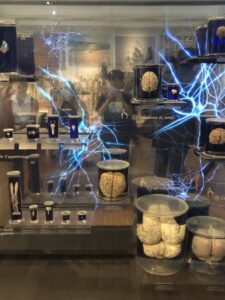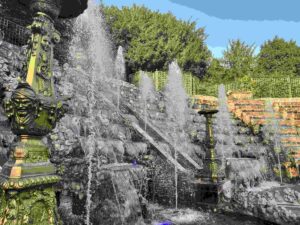
This past Saturday, Khushi, Jewel, Sharay, and I visited the Palace and Gardens of Versaille. I had been waiting to visit the well-known and highly trafficked gardens since we first arrived in Paris. After finding out that they have a special firework night show during the weekends of the month of June, we got our tickets for June 18th and prepared for our trip. As we arrived, I marveled at the immensity and grandeur of the gardens, which included various fountains that each had unique architecture. While walking around, I felt so happy to be there and could only imagine what factors led Louis the XIV to build these beautiful gardens. I was reminded of the Blue Mind Theory, which believes that water positively affects your brain and induces a mildly meditative state that people find themselves in when near water. Perhaps Louis XIV subscribed to this theory.

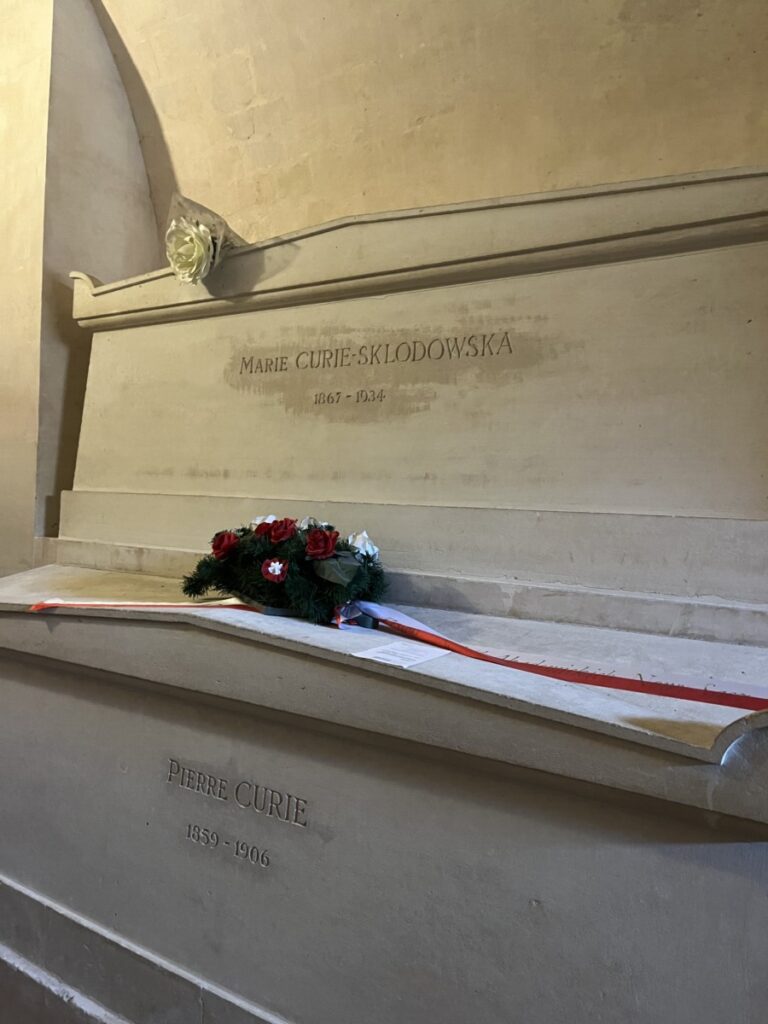
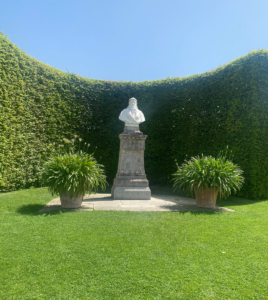
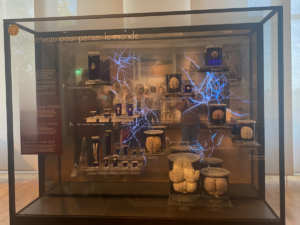
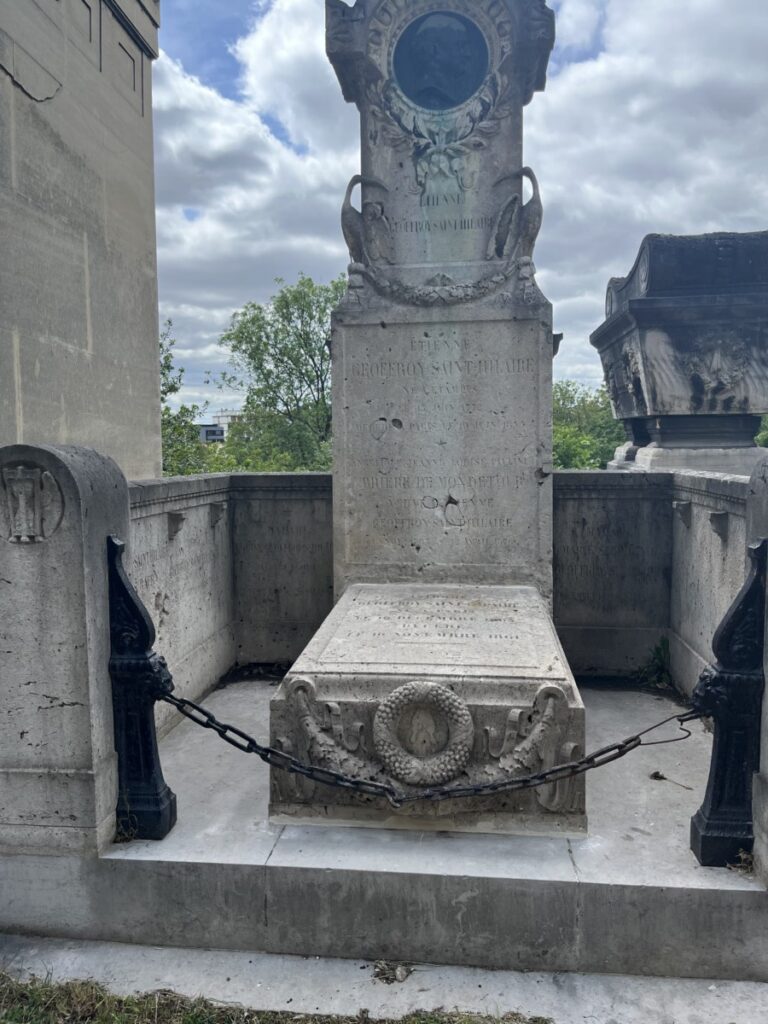


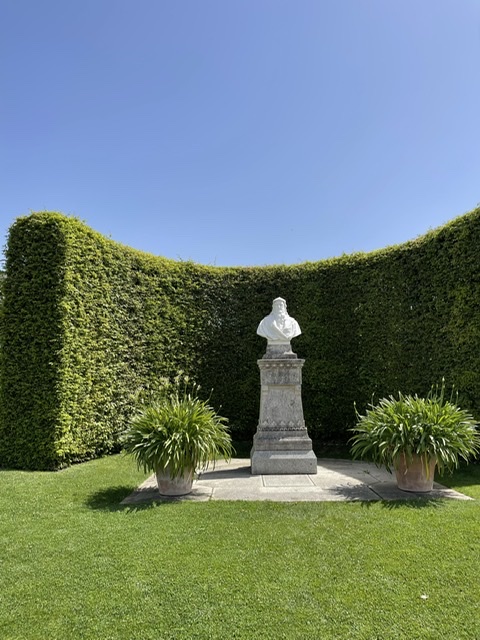
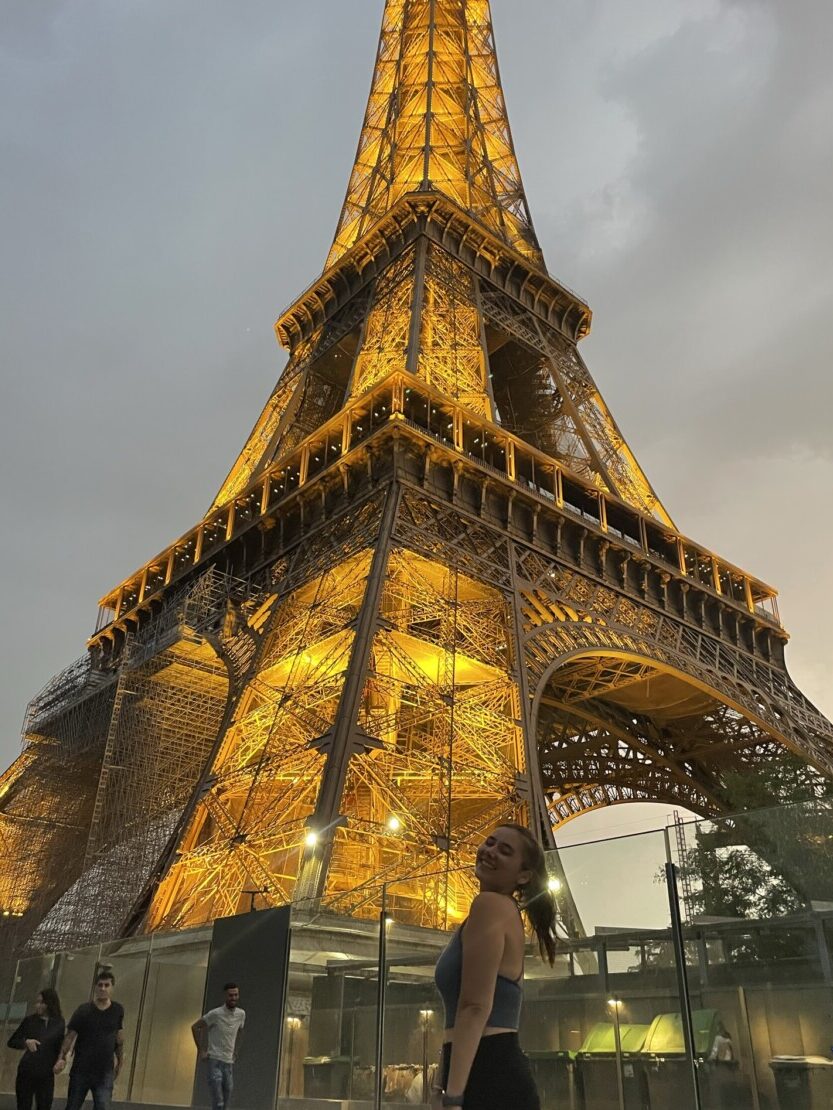
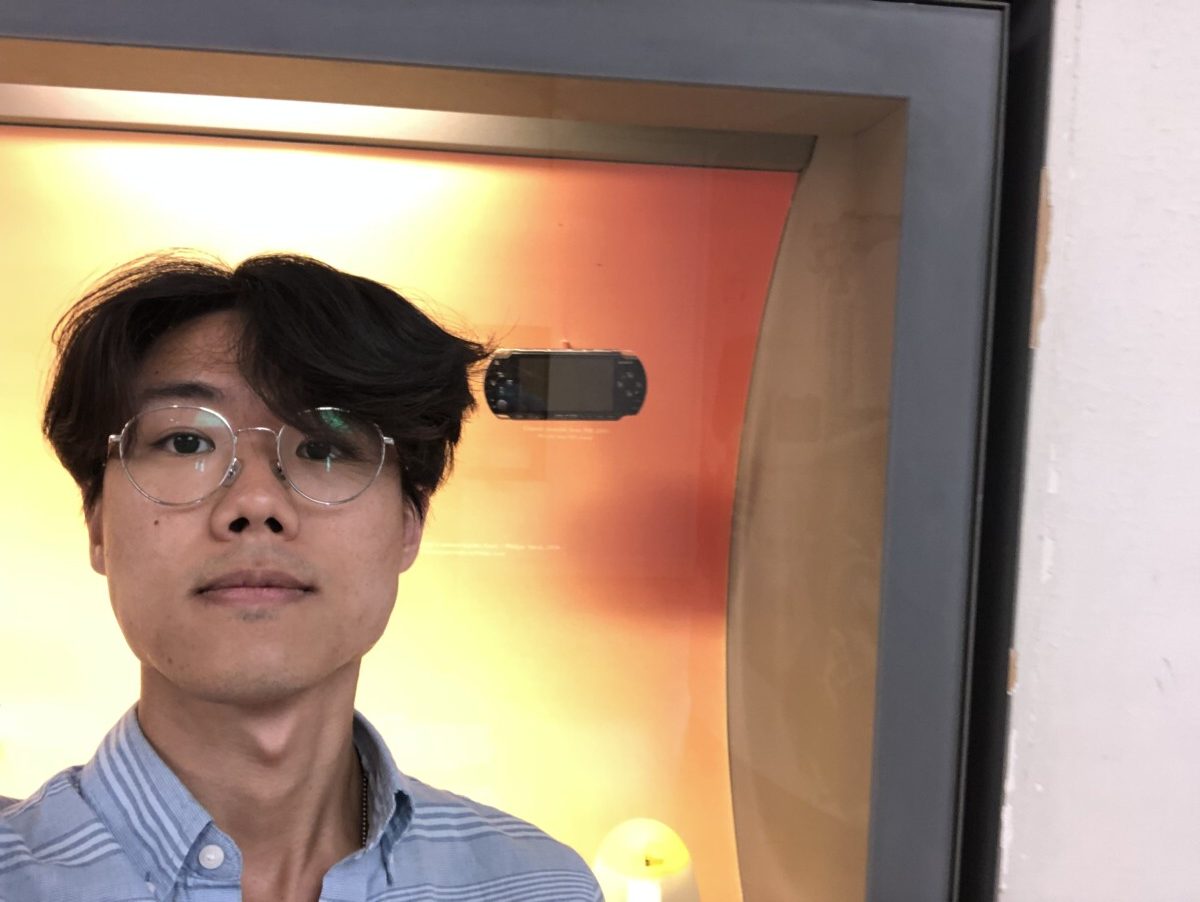 (caption: I found a childhood treasure, the PSP 3000.)
(caption: I found a childhood treasure, the PSP 3000.)